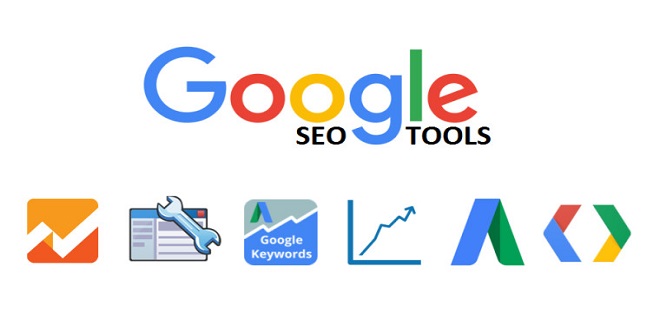Ranking in SEO

A few years ago, there was certain predictability in understanding the factors that let to a site being ranked higher in search results. However, many professionals used black-hat SEO techniques (such as link farming and stuffing pages with keywords) to gain higher rankings. Using underhanded techniques may have elevated sites in the rankings initially, but the sites were penalized later by the search engines. The deceptive techniques were rank-specific and did not take website users or customers into consideration.
Over time, search engines became more efficient at judging sites based on user intent and weeding out sites that were using deceit to rank higher on search engine result pages (SERPs). Today you cannot get away with spamming the search engines— Google and the others have become adept at knowing which sites are adhering to their guidelines.
SEO is an amalgam of relevance and best practices designed to help users find information related to their queries. This chapter looks at on-page, on-site, and off-page SEO factors that form the crux of SEO.
On-Page SEO
On-page optimization is related to factors controlled by you or your code that have an effect on your site’s rankings in search results. To create an optimal experience, you need to focus on the following page-optimization factors.
- Title tags
- Meta keywords and meta descriptions
- Headings
- Engaging content
Title Tag Optimization
The best practice, according to SEO experts, is to use a phrase containing relevant words with at most 55–65 characters. This makes sense, because extremely long phrases will not work well on mobile devices where space is a constraint. Titles must be precise and concise, and can use a mix of uppercase and lowercase characters. Avoid commonly used titles or duplicate content, because search engines display a preference for unique titles. Google Search prefers function over form, so it is a best practice to use a simple, unique title rather than a sensational, irrelevant title. You should understand and consider user intent rather than looking at titles from a search engine point of view.
Engaging Content
Using meaningful and pertinent content in the body section of the site is vital. Relevant content is king. The content should not be irrelevant or stuffed with keywords—the search engines may penalize you for it. However, you can use keywords or close variations of them twice or three times on a page in a logical way. The content should be informative and engage the user, encouraging them to return to check out the site regularly. It is a good practice to update the content (such as technology topics) at least every six months, because Google has a penchant for updated or fresh content.
Image Optimization and Interactive Media
Earlier SEO was text-based, but this has changed significantly. You should use interactive media such as audio, video, images, and infographics to connect with your users. Use captions and alternate text for media, and build relevant content around these media. You can use a single key phrase in the alt text if it is relevant to that image. You can interchange images based on the screen size, with heavy-duty images for desktop sites and lightweight images for mobile sites.
Outbound and Internal Links
Internal links are a key feature of SEO. These are links on web pages that point to another page in the site or domain. SEO-related research suggests that no page on your website should be more than three clicks from the home page, meaning all pages should be easily accessible. You can use relevant anchor text to point to different pages on your site. Breadcrumbs are an efficient way to provide site navigation using links. Having a good link structure makes it easy for search engines to crawl your entire website, and easy accessibility also leads to an awesome UX
Summary
Case studies hint that more than 250 ranking factors determine the rankings on SERPs. Although the factors remain a business secret, you now have a basic understanding of them and how they help ensure a satisfactory user experience. SEO rules change every year, but the fundamentals remain the same: concentrate on user intent and user experience, because SEO is increasingly tending toward that paradigm.





